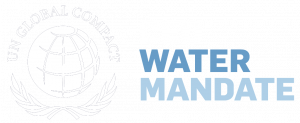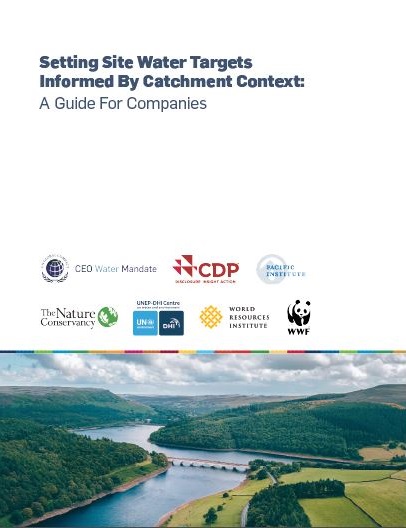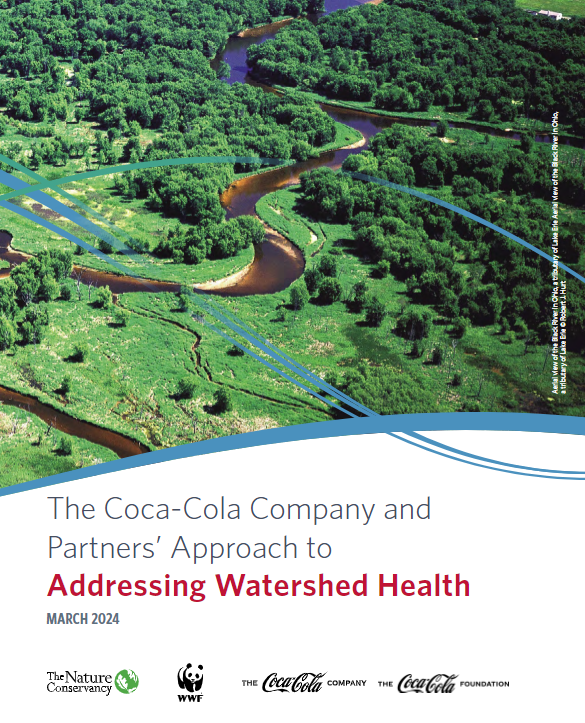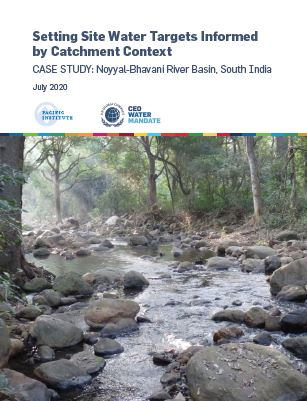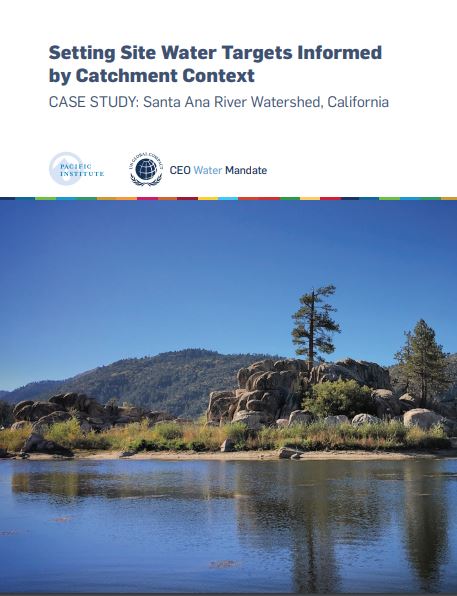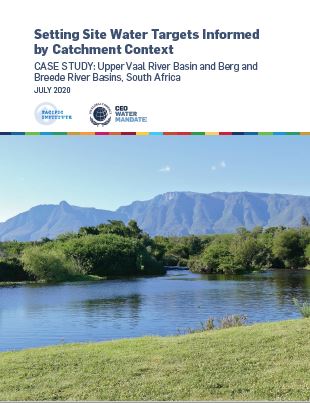The world’s water resources are under growing pressure from rising water consumption, greater pollution, weak governance, and climate change—exposing companies to increased water-related risks. In response, many companies are engaging in water stewardship and setting water targets to help address their water-related risks and secure water for the growing needs of all users. As companies take steps to address their water-related risks, they must understand the factors affecting water resources in the regions in which they operate. Developing water targets that account for local context drives informed actions at the local level and helps companies make meaningful change.
In collaboration with CDP, The Nature Conservancy, UNEP-DHI, World Resources Institute, and WWF, the CEO Water Mandate and Pacific Institute developed a guide to help companies set effective site water targets informed by catchment context. The three elements of the guide are:
- Align with the priority water challenges within the catchment;
- Reflect the site’s contribution to the water challenge(s) and desired catchment condition(s); and
- Support company efforts to reduce exposure to water risk, capitalize on opportunities, and contribute to overall catchment water security.
More companies are setting meaningful targets by moving away from purely water supply targets to contextual water targets that take into account the local context by focusing on priority water challenges in high water risk basins and aligning with public policy.
Setting contextual water targets based on this guide has been pilot-tested by leading companies around the world. If your company is interested in setting contextual water targets, please contact ceowatermandate@unglobalcompact.org.
To learn more about existing guidance to set water targets and the pilot test cases in United States, India, and South Africa, please see below.
For any questions, please refer to our frequently asked questions here.
